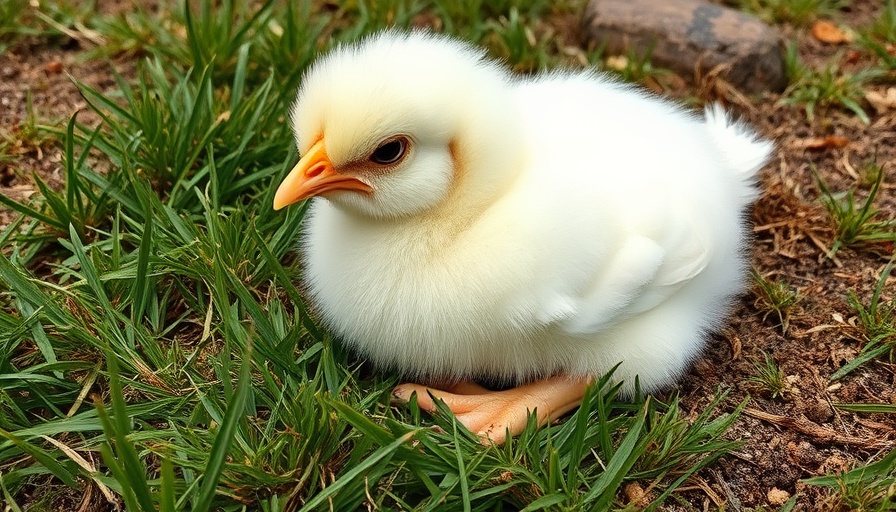
Identifying Potential Diseases in Young Chickens
At six weeks old, chickens are particularly vulnerable to various diseases, often exacerbated by environmental stressors and nutritional deficiencies. Recent reports concerning a potential disease in young chickens highlight the need for vigilant observation and proactive measures. Identifying symptoms such as lethargy, loss of appetite, or unusual fecal matter is crucial for early diagnosis and treatment.
Common Ailments in Young Poultry
Common diseases that afflict young chickens include infectious coryza, fowl cholera, and avian influenza, among others. Each ailment presents distinct symptoms—infectious coryza often leads to respiratory distress, noticeable through nasal discharge and coughing, while avian influenza can result in sudden death or swelling around the head and neck. Understanding these conditions assists chicken owners in ensuring the welfare and health of their flock.
Importance of Veterinary Consultation
Given the complexities surrounding avian diseases, consulting with an avian veterinarian can prove invaluable. A professional can provide accurate diagnoses based on clinical signs and laboratory tests, guiding owners on effective treatment options. Early intervention not only improves the chances of recovery for the affected birds but can also prevent outbreaks that may spread throughout the flock and impact overall farm production.
Preventative Measures to Ensure Chicken Health
Preventative care remains essential for maintaining flock health. Ensuring that your chickens receive proper nutrition, ample space, and gentle handling reduces the risk of stress and disease while promoting vigorous development. Routine health checks and vaccinations form the backbone of a robust biosecurity plan and are fundamental to preventing future health crises.
By recognizing early signs of illness, seeking veterinary assistance promptly, and implementing preventative measures, chicken enthusiasts can safeguard their avian companions and preserve flock health.
 Add Row
Add Row  Add
Add 




Write A Comment